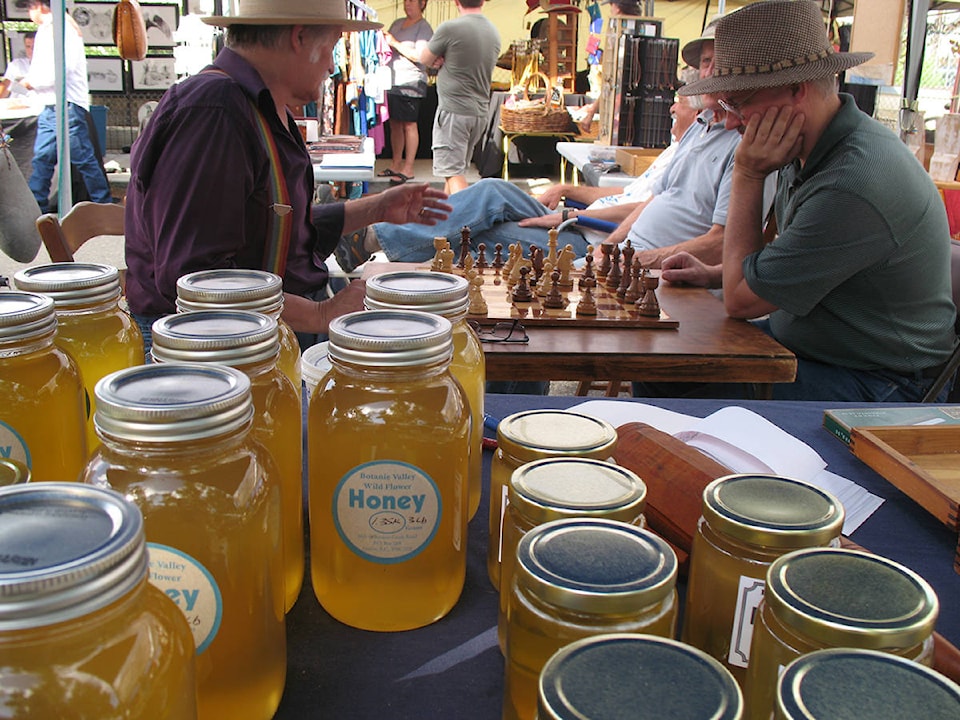By Mary Lowther
Jonathan Lundgren became so alarmed with misinformation promulgated by the U.S. Department of Agriculture that he recently left his position as its research scientist that he had held for 20 years.
“Bee colony collapse”, the Department insists, “is due to lack of flowers, increase in mites and viruses that kill bees and, sometimes, pesticides.”
Lundgren disagrees, declaring that, “Beekeeping as an industry will likely be dead soon if something doesn’t change. This never was a bee problem. We didn’t understand the magnitude of what bee collapse truly meant about the state of our planet. It was an agriculture, biodiversity and soil problem.”
Lobbied by companies that make pesticides and fertilizers, the Department of Agriculture was asking the wrong question: “Do pesticides kill bees outright?” when they should be asking: “Do pesticides affect genetics, hormones or beneficial microbes?”
Honeybees depend on a variety of plants to survive, so a plantation of one crop doesn’t provide the micronutrients and microbial communities they need to survive. “Starving, poisoned bees get sick and have less resistance to parasites,” Lundgren explains. “Many insect species have become casualties of our decisions and we’re reshaping biological communities on a rapid time scale the planet has never experienced before.”
We can do our part to foster healthy, vital populations of bees by avoiding the use of pesticides, growing a diversity of crops, employing crop rotation and putting back into the soil as much as we can. I would add that adding minerals our soils lack will help produce robust crops and flowers that feed bees and other insects.
Some may balk at the cost of creating healthy soil with a full spectrum of minerals and micro-organisms to grow nutrient-dense crops, but as Lundgren points out: “What’s it going to cost you not to change? Continuing on our current path will cost us our farms. It’ll cost us our grandchildren. What else are we willing to lose by staying on our present course?”
Please contact mary_lowther@yahoo.ca with questions and suggestions since I need all the help I can get.
